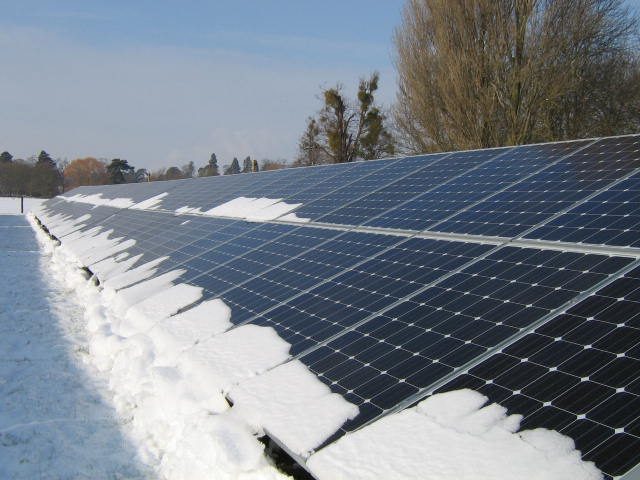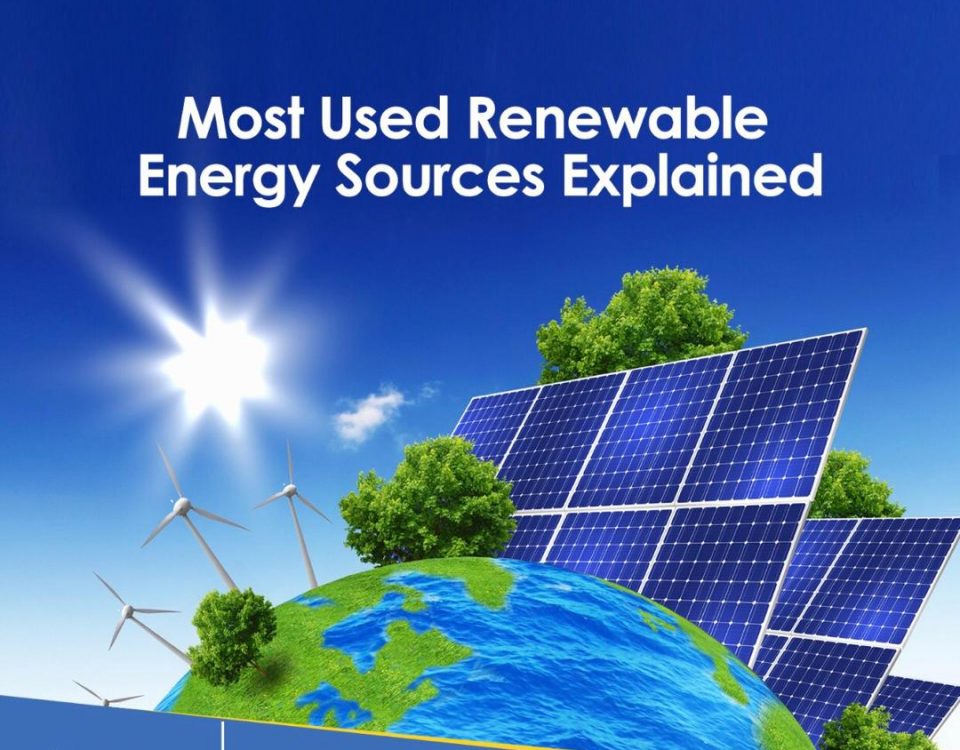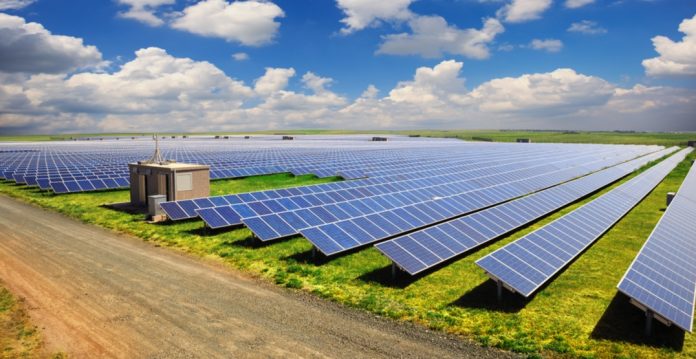Top Four Tips On What Africa Needs To Do To Maximize Its Solar Energy Potentials
Top Four Reasons Why Solar Projects In Nigeria Have Failed
2017-12-28
Top Five Solar Innovations That Made News In Africa.
2017-12-30Each time a country is classified as industrialised or advanced,it is mainly because they think ahead to solve their problems and eventually share that knowledge to other countries to benefit from.Unfortunately,most African governments do not qualify for that term.
Thank you for reading this post, don't forget to subscribe!Before the advent of solar right from the industrial age, provision of power has been a critical issue. From the days of coal powered industries to the oil boom, power has been a need that has constantly attracted attention.
The industrialised countries realize that this WILL always be a factor to consider and as such are always seeking better ways to do it.
And when it comes to solar, they are at the forefront as well. They lead in the development of the technology and have the highest number of installations.
A point for us to note here and reflect upon is that they have made the highest number of installations despite the fact that their climates are majorly TEMPERATE. They experience more snow fall and winter than MOST African Countries .Below is the list that shows the top ten countries as at 2016 with their installed capacities:
- China: 78,100 MW (25.8%)
- Japan: 42,800 MW (14.1%)
- Germany: 41,200 MW (13.6%)
- United States: 40,300 MW (13.3%)
- Italy: 19,300 MW (6.4%)
- United Kingdom: 11,600 MW (3.8%)
- India: 9,000 MW (3.0%)
- France: 7,100 MW (2.3%)
- Australia: 5,900 MW (1.9%)
- Spain: 5,500 MW (1.8%)
- All others: 42,300 MW (14.0%)
Except for india(which is even an Asian country),the rest of the countries are majorly temperate in climate. So despite the wintry nature of these countries, they have installed more solar pv systems than any country in the world.
Really, this fact should set us thinking and make us check properly what we need to do better to produce more capacities.


The key industry practice that set them apart are mainly:
1.An excellent feed-in-tarriff scheme – Where solar home system owners are paid for putting back excess solar energy into the national grid.
2.Wide Availability of good P.v. systems(sometimes,sourced locally)
3.Easy financing
4.High public awareness
The fact that we are blessed with abundant sunlight much more than most continents in the world should even be the more reason why we should embrace solar and have more installations. Although, some African governments(like Nigeria and South Africa) are working towards that goal, more should be done to increase the effort made – especially as industries are rapidly expanding, with small& medium scale businesses on the increase .
If these governments also spearhead investment towards the sector and encourage private participation, it is only a matter of time that our solar potentials will be fully utilized in Africa.




